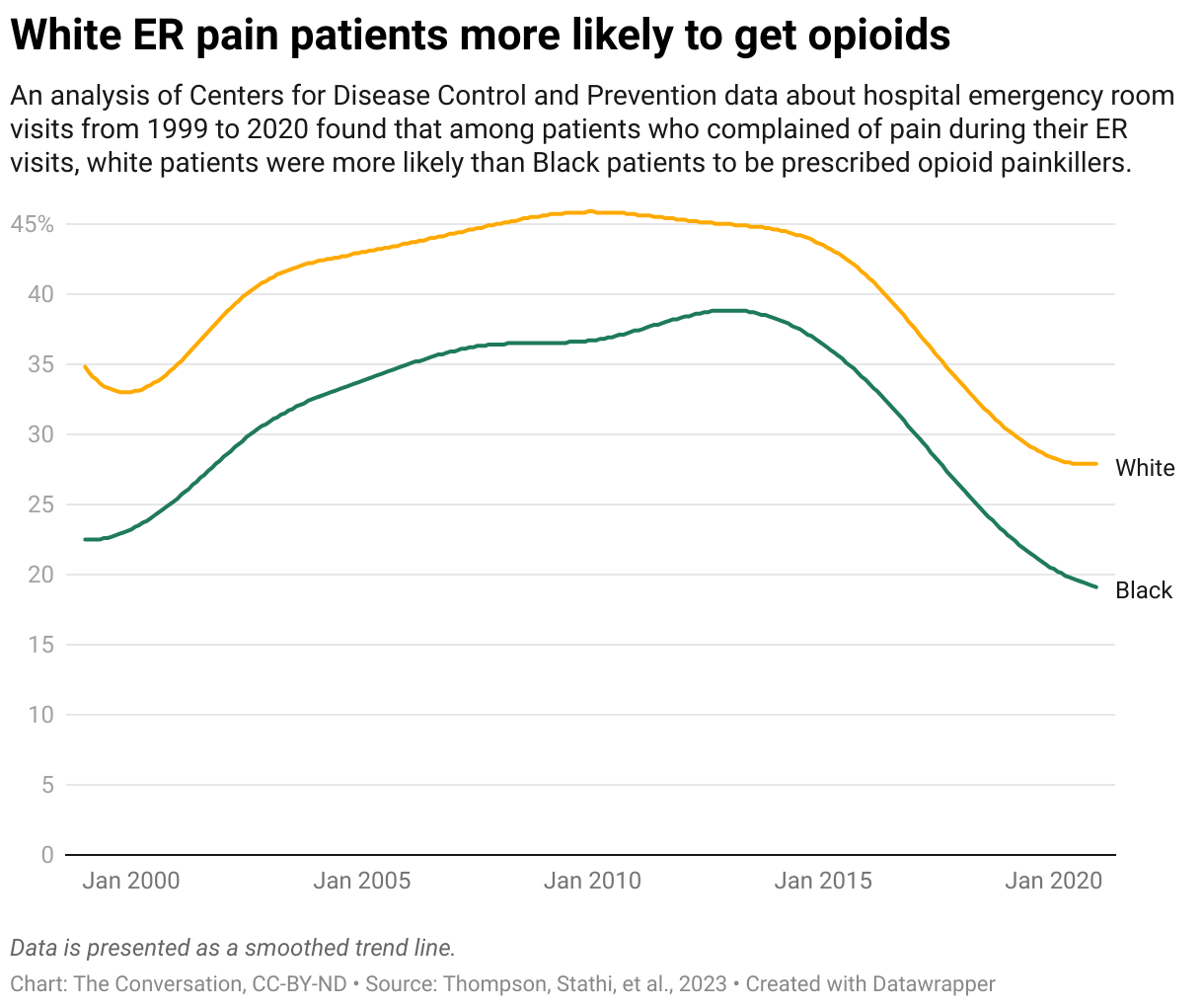My Pain Marriage
/By Mara Baer
Two years ago this month, I had major surgery to try to address the daily chronic pain that had been with me for seven years. Leading up to that surgery, I was bounced around from specialist to specialist, experiencing many failed attempts to treat my Thoracic Outlet Syndrome, a rare nerve entrapment condition that causes overwhelming nerve pain.
Because the surgery was unsuccessful, the looming anniversary date -- November 30th -- carries a lot of weight as I approach year 10 of my chronic pain journey.
Anniversaries are times of reflection, when we think about where we’ve been and where we are going, celebrate milestones, and commemorate paths taken. We acknowledge wedding anniversaries, work anniversaries, birthdays, deaths, and other important junctures in life.
There are also health recovery anniversaries celebrated by cancer survivors to honor their remissions and recovering addicts who mark their hard-earned sobriety. The anniversary of my surgery brings the same type of evaluation and introspection.
My husband Art and I commonly celebrate our wedding anniversary in a simple way with a nice dinner and a toast.
We just hit 17 years together and noted how much we’ve accomplished; bringing two beautiful kids into the world, making a big move from DC to Denver, and building our own little, special world.
We also reflected on the impact my chronic pain has had on our lives. I shared with him how I feel that I am in a relationship with my pain that is akin to a marriage -- often complex, at times emotional, and deeply reliant on compromise and understanding.
This relationship can feel like a third wheel in our marriage some days, taking over and getting in the way. This is something we both are working to address.
Mara Baer and Art Maples
And, like a toxic relationship, the “pain marriage” can be all consuming. Chronic pain sufferers commonly report feeling a lack of control and that pain dominates daily life. I’m sure many readers can recall a personal relationship that felt this way. Just remember that one bad relationship and how it made you feel when tensions were high. Angry. Frustrated. Sad. Helpless. Fearful. Depleted. This is how the pain relationship can feel for most chronic pain sufferers.
Most people in a challenging relationship will say that toxicity feeds greater toxicity, creating a vicious cycle. The pain marriage is no different. When I have been at my lowest due to pain, I found it impossible to have a positive outlook. I tried every ineffective playbook strategy, including disengaging or ignoring it (“pain, you are not there, you just aren’t there”); placating it (not moving, lying in bed, other unhealthy habits); and bargaining (“pain, I’ll do all the right things so you will just leave me”).
I am sure there are others. These strategies never seemed to work. Why? Because like in any relationship, masking or hiding from the raw truth will not be successful.
All couples argue, and Art and I have had our share. I’ve learned that our greatest challenges come when we are not listening to each other. The words come out, but perhaps my interpretation of his words or his of mine are not the same as what we intended.
When we don’t hear each other, arguments can escalate quickly. It’s the same with pain. When I sense my pain and try to ignore it, I may not be really hearing what my body is telling me.
But when I acknowledge pain’s role in my life and how I feel about it, I can start to gain equal footing or control. Then it’s not about “winning” (like winning an argument), but about managing the dynamics between us.
It might sound odd that I’m referring to my pain in this way. But only when I started to accept pain’s presence could I start to change the nature of the relationship. This is why acknowledging that I am in a relationship with my pain is one of my chronic pain truths.
So as my surgery anniversary nears, I may not be toasting the journey, but I will be reflecting on the ups and downs of my pain struggle, and also celebrating my new outlook and path. I know I’ve got more work to do, and I’ll admit that I am still learning. But when it comes to my pain relationship and my marriage to my spouse, both are worth the effort.
Mara Baer is a writer and health policy consultant offering services through her women-owned small business, AgoHealth. Mara is a member of the Science and Policy Advisory Council for the National Pain Advocacy Center and recently launched a chronic pain newsletter called Chronic Pain Chats.










